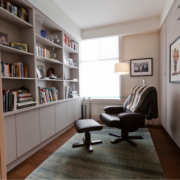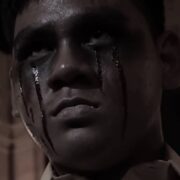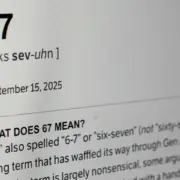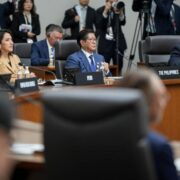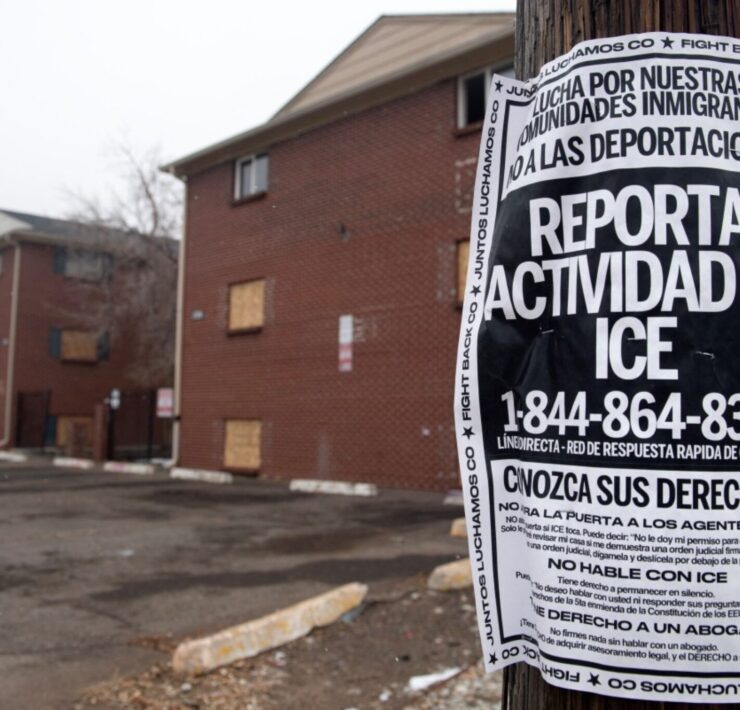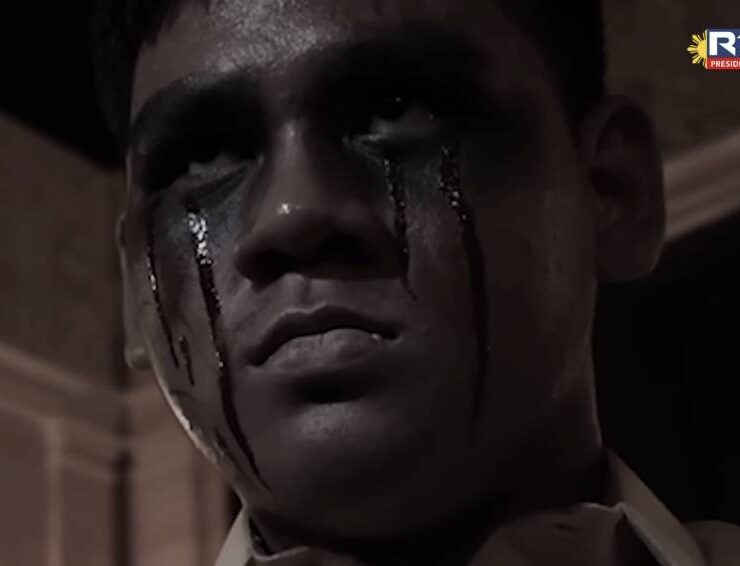Tracing the footsteps of Rizal in Heidelberg and Wilhelmsfeld
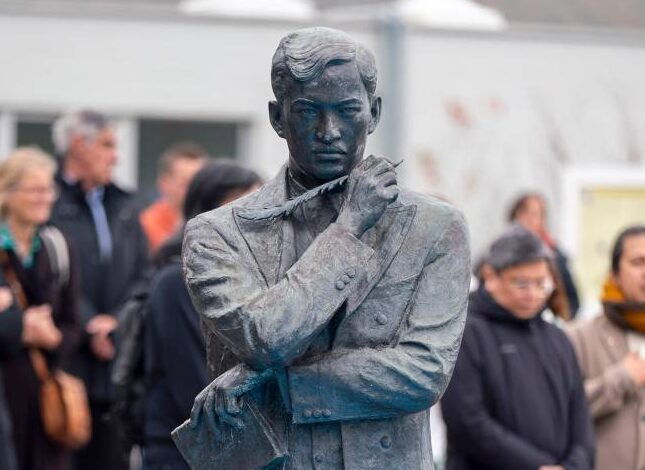
After five exciting days at the Frankfurt Book Fair, held in October, many of the Filipino delegates headed an hour south, to Heidelberg, for “In the Air,” the four-day literary and cultural program that launched the Philippines’ participation as guest of honor at the 2025 Frankfurt Book Fair.
“While I may not be able to witness firsthand the unfolding of a momentous chapter for Philippine literature and publishing, I am filled with pride as our collective efforts and dedication have finally come to fruition,” said Sen. Loren Legarda, the visionary who worked on securing guest of honor status for the country, in a message read by Philippine Ambassador-designate to Germany Irene Susan Natividad. “I’ve heard that our participation at the Frankfurt Book Fair was nothing short of extraordinary, and I am sure that our launching program ‘In the Air’ will be as successful.”
Legarda expressed her appreciation for the Philippines Guest of Honor Committee (PhlGoh). “I owe immense gratitude to everyone who has given life to this dream, from the NCCA (National Commission for Culture and the Arts), NBDB (National Book Development Board), to the DFA (Department of Foreign Affairs). These milestones are not built by one but by many united in a vision that proudly presents the depth of Philippine creativity, the power of our intellect, and our boundless capacity to tell stories that shift perspectives and help the world think with more diversity, richness, and perhaps even empathy … ‘In the Air’ is not just a launching program, but a promise that embodies our imagination, our grit, and our unwavering belief in the power of dreams.”
But why Heidelberg? Is it because it’s a Unesco City of Literature? No, although that’s a marvelous bonus. We were in Heidelberg because, almost 140 years ago, Jose Rizal spent months living there.
“In the Air” promised to “explore Rizal’s impact as a hero, writer, and thinker who inspired many Filipinos, and how his interactions with Germany shaped his work and ideas.”
It’s also a celebration of the ties between the Philippines and Germany—a beautiful way to begin the country’s journey to taking the central role at the Frankfurt Book Fair in 2025, the world’s largest and oldest international book fair and the most important global marketplace for content.
The theme for the country’s participation as guest of honor is a line taken from Rizal’s “Noli Me Tangere”—”The imagination peoples the air.”
Much of our time at the university town (it’s home to Heidelberg University, which is Germany’s oldest university) was devoted to following the footsteps of Rizal. And it felt like he was everywhere.
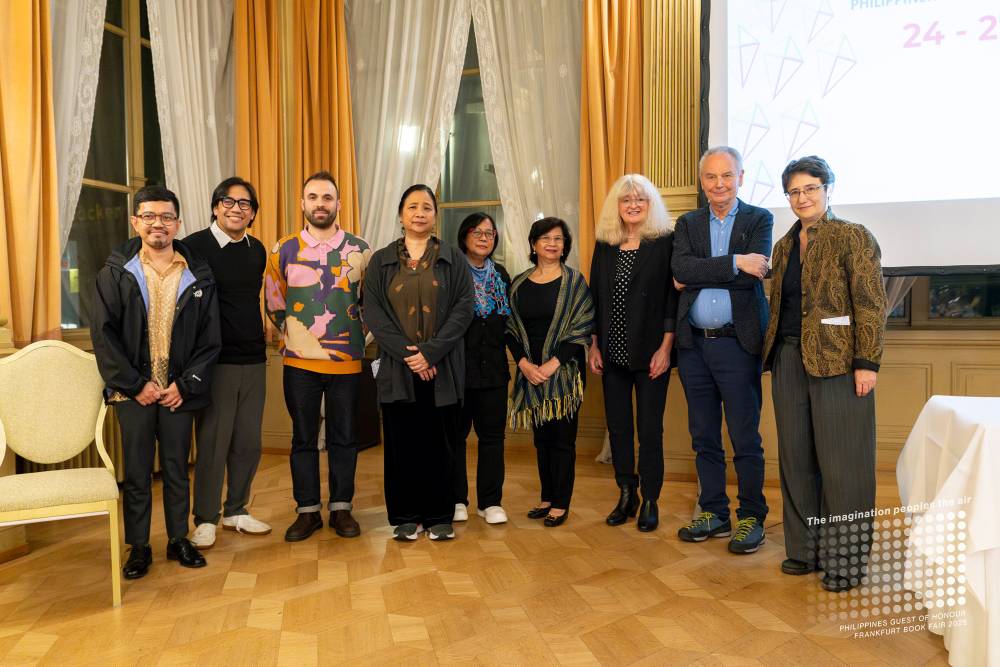
Fellowship
At the “Filipino and German Writers Fellowship” at Palais Prinz Carl, Manfred Metzner, head of Verlag Das Wunderhorn, said, “We shall learn from each other… This exchange will not only make us understand each other better but respect each other more.”
It wasn’t just a fellowship between Filipino and German writers. There was also Swiss writer Annette Hug, who wrote “Wilhelm Tell in Manila,” the award-winning novel that focuses on Rizal’s time in Europe. Hug, who studied at the University of the Philippines-Diliman and who speaks Filipino, has been working on translating important Filipino literary works.
Hug’s “knowledge of and fluency in Filipino has made her one of us,” said Karina Bolasco, PhlGoh’s curator of books and literary program head.
Filipino writers Luna Sicat-Cleto, Angelo “Sarge” Lacuesta, and Edgar Calabia Samar spoke and read their works, as did German writers Marion Tauschwitz and Philipp Herold.
Sicat-Cleto calls reading her poetry in Germany “a wonderful experience and also a terrifying one… A life-changing experience.”
Also a highlight of the program was an artistic reading of Sicat-Cleto’s “Bago Mo Ako Ipalaot” by actors Elora Españo and Ross Pesigan.
The fellowship was a little taste of the kind of cultural exchange that will happen as the Philippines takes center stage in Frankfurt.
Lacuesta, who read from his novel “Joy,” told attendees, “The joy of our country and our literature will come to you, and we encourage you to accept it.”
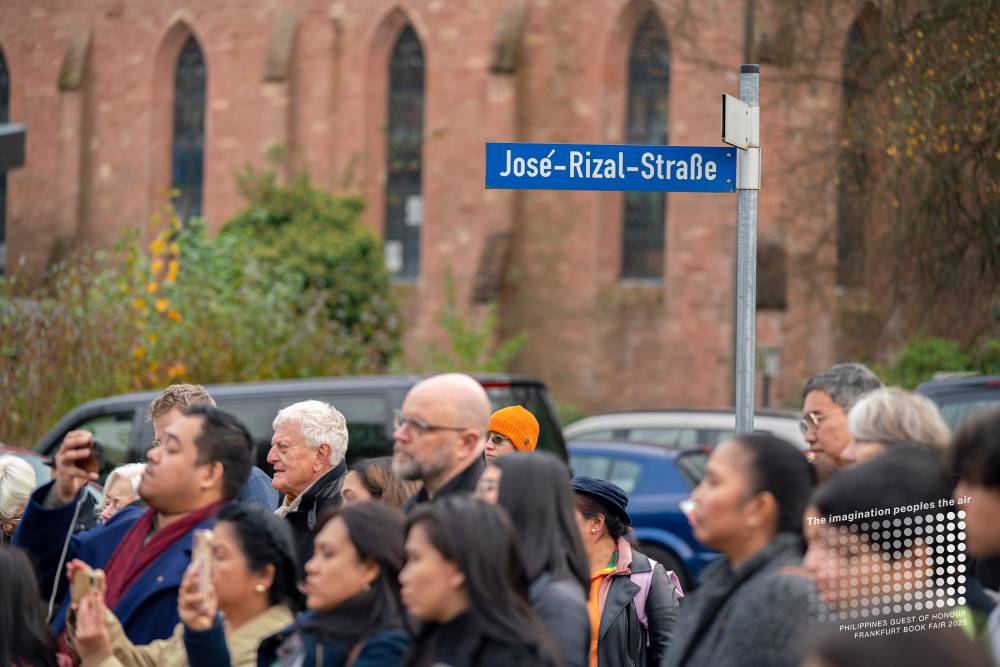
Walking tour
The next day, a crowd of people—a number of them Filipinos coming from different parts of Germany like Bonn and Cologne—gathered at Universitätsplatz to join “Lakbay Rizal: A Walk Through History,” the first of two walking tours led by historian and author Ambeth Ocampo.
Before the tour started, a treat from the Philippine Madrigal Singers (Madz)—the ballad ”Gaano Ko Ikaw Kamahal,” sung right there, on Grabengasse (formerly Ludwigsplatz) 12, just below the sign marking what had been Rizal’s second apartment in Heidelberg.
“Rizal went to Heidelberg in 1886, he was here for only six months. He came here to study German and also to apprentice with an eye doctor,” Ocampo said, kicking off a two-hour journey into the life of our national hero.
Rizal had moved to that second apartment after staying only two weeks in his home at Karlstrasse 16 because it was cheaper. We also visited Obere Neckarstrasse, the street of his last Heidelberg address.
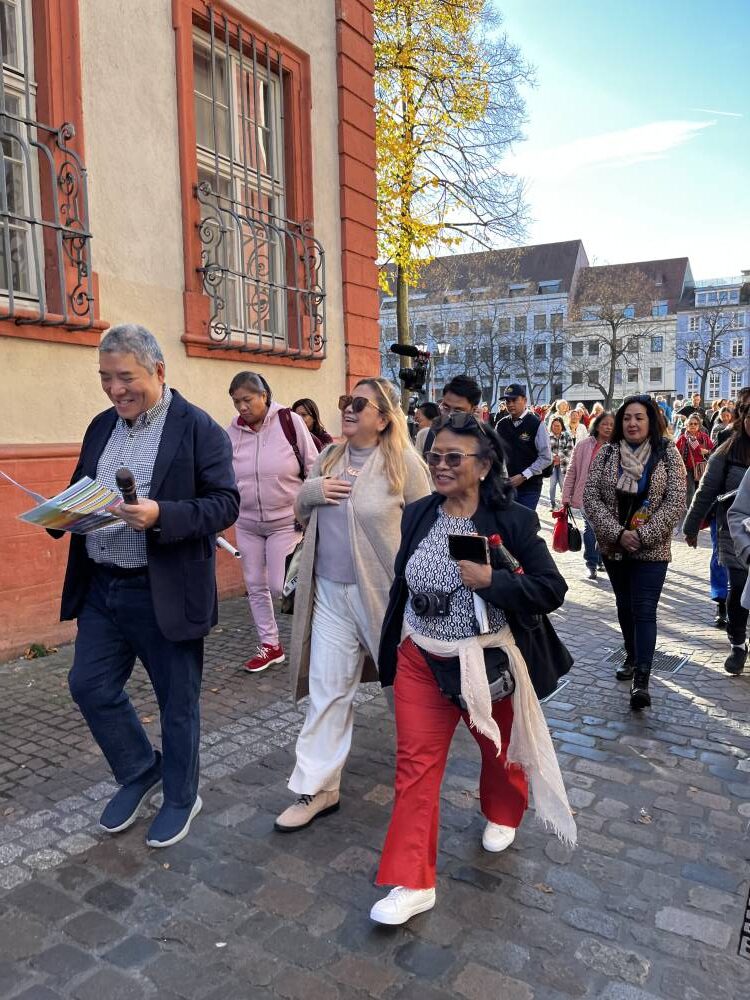
Referencing Rizal’s letters, Ocampo told us about his life in Heidelberg, where he had to budget his money because his allowance from his family didn’t always come. “He was always looking for money, pawning his things, borrowing money. That’s not the Rizal that we know about.”
Rizal wrote to his loved ones and shared his observations about Germany. “Rizal complained. He said, ‘German food is not bad, it’s something I can eat, but it’s full of potatoes,’” Ocampo said, making the crowd laugh. “Potato in the morning, potato at lunch, potato at night, and potato even in the evening. He was so sick of potatoes.”
“Same here,” a Filipina living in Germany said.
With the ruins of Heidelberg Castle looming above us, a place Rizal visited the first week he arrived, Ocampo talked about how Rizal spent half his time in Heidelberg studying German and half the time at the eye clinic.
Bergheimer Strasse 20, where the University Eye Clinic had been, was also part of the tour. According to the building marker, Rizal practiced eye healing there under Dr. Otto Becker. We also went to Rizal Ufer, on the edge of Neckar, a river immortalized in his poem “To the Flowers of Heidelberg.” On a boulder by the river is a sign inscribed with Rizal’s poetry.
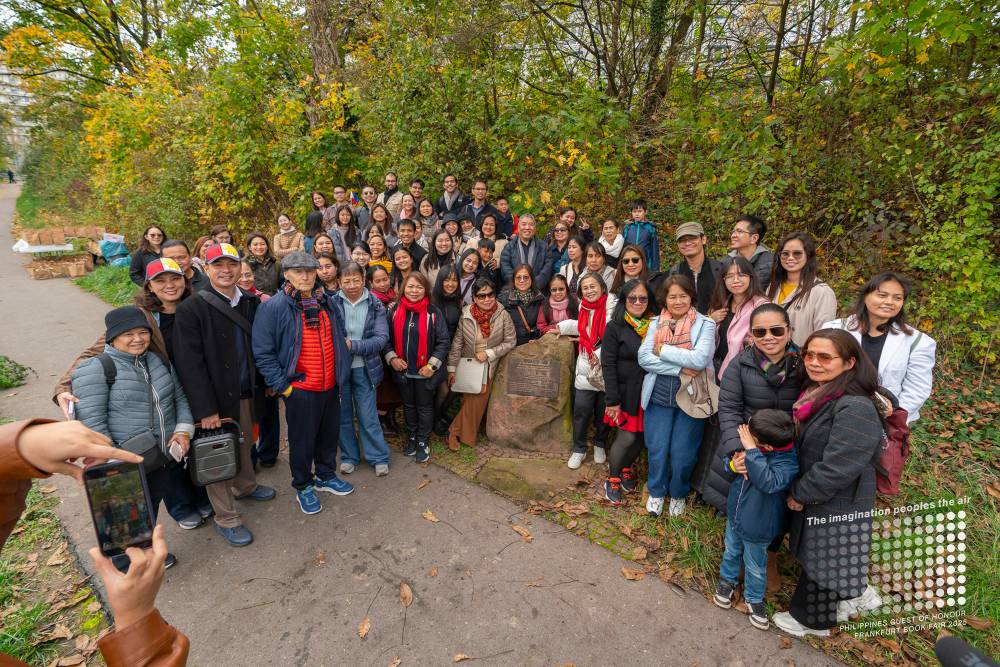
Rizal’s ties to Germany run quite deep. It’s where he finished “Noli Me Tangere” before having it published in Berlin in 1887, by Berliner Buchdruckerei-Aktiengesellschaft, a printing press run by women. Museums in Berlin and Dresden still have artifacts and specimens sent by him, some while he was in exile in Dapitan.
“He didn’t want money, he wanted books in exchange for them,” Ocampo said. After Rizal’s execution, the first obituary was published in Germany.
The tour was a great way to discover who Rizal was as a person—not the hero on a pedestal, not the untouchable figure of Philippine history, but a human being with struggles, dreams, and a sense of humor.
Ocampo said, “Rizal is someone who grows on you—you have to read him in order to understand him, in order to appreciate him… National heroes are usually military people, people who fight wars and revolutions, but the Philippine national hero was a poet and a writer and an artist, which also shows you something about what the Philippines and the Filipinos are. Rizal is a guiding star, someone who inspires if we want him to inspire us, someone who teaches us what it is to live a real life and a good life and become better than what we are.”
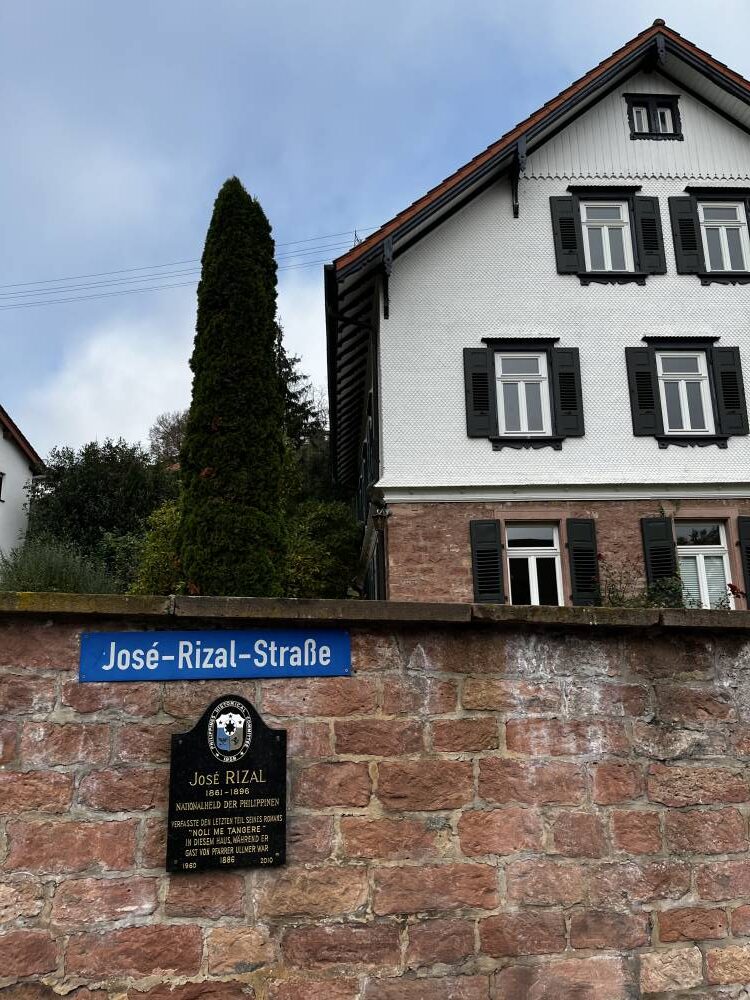
Multi-site exhibitions
Like our tour group, Joscha Steffens also traced Rizal’s footsteps—but the artist from Heidelberg did it in the Philippines.
Steffens is working with Vienna-based Filipina artist Stephanie Misa on a collaborative exhibition inspired by Rizal’s time in Heidelberg while studying ophthalmology. Steffens and Misa were chosen by Patrick Flores, curator of the Philippine pavilion at the 2025 Frankfurt Book Fair. The exhibit is slated to open at Kunstverein, an art museum in Heidelberg, in March 2025.
The exhibit will be the first of many multi-site exhibitions that are part of the comprehensive cultural program PhlGoh is creating with major museums and institutions in Heidelberg, Frankfurt, and Berlin.
“This project is really meant to bring artists of Germany and the Philippines together to co-produce a work in Heidelberg,” Flores said during the artists’ talk at Völkerkundemuseum.
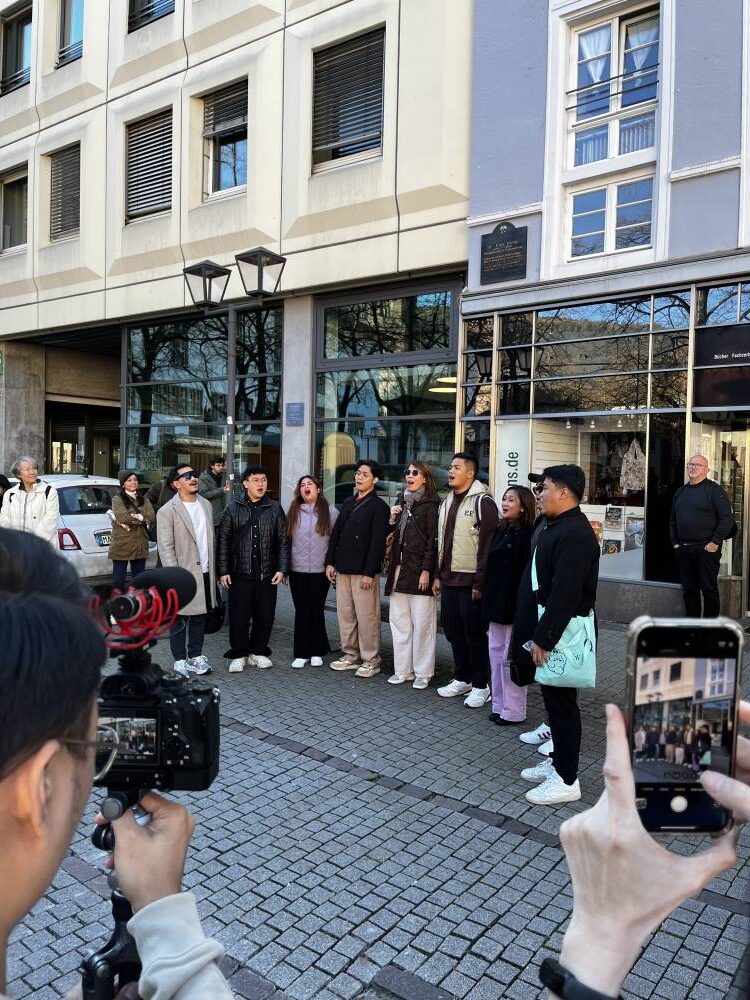
The working title of the project is “With Specters,” the two words that follow “The imagination peoples the air” in “Noli Me Tangere”: “The imagination peoples the air with specters.”
“This kind of project requires research or engagement with the locality, so Joscha spent five weeks in the Philippines while Stephanie will be spending five weeks in Germany,” Flores said.
To prepare for his trip to the Philippines, Steffens read Rizal. He said, “I tried to approach Rizal through his writing. I heard that he finished ‘Noli’ while he was in Heidelberg so I started with the last chapter, this heartbreaking scene where Basilio is coming back home and finding his mother, and his mother Sisa doesn’t recognize him anymore. I’m reading Rizal for maybe five, six minutes, and I’m in tears already. I was like, ‘What is this book? What is he doing to me?’”
He spent over a month in the country, which he called “a very, very valuable experience,” witnessing Independence Day celebrations, digging through archives, doing interviews, meeting Rizalista groups, photographing statues, going to Dapitan, even visiting Ateneo to see fragments of Rizal’s brain.
“Everywhere you go in the Philippines, you find traces that are connected to Rizal… There are so many different versions that everybody connects to in their own way… I tried to capture as many statues of Rizal as possible. They are all over the Philippines—every village, every square, every city hall, they have Rizal,” he said.
Steffens shot a film in Mt. Banahaw, with the theater group of a Rizalista community acting out the final scene from “Noli Me Tangere.”
Filipino abroad
Meanwhile, Misa will be spending time in Heidelberg, doing research on Rizal and the augenspiegel, or the ophthalmoscope, a tool invented by a professor in Heidelberg which allows ophthalmologists to examine the inside of the eye.
Misa said, “Having grown up with Rizal as a myth, it’s really nice to be able to try to see him as a human being in diaspora, a Filipino abroad, because that’s something I can relate to very much… We’re seeing the ophthalmoscope as almost like a portal that allows you to see within, to see another point of view, or perspective. These ideas of sight lines and portals and instruments through which we can look at things differently is sort of what we’re playing with.”
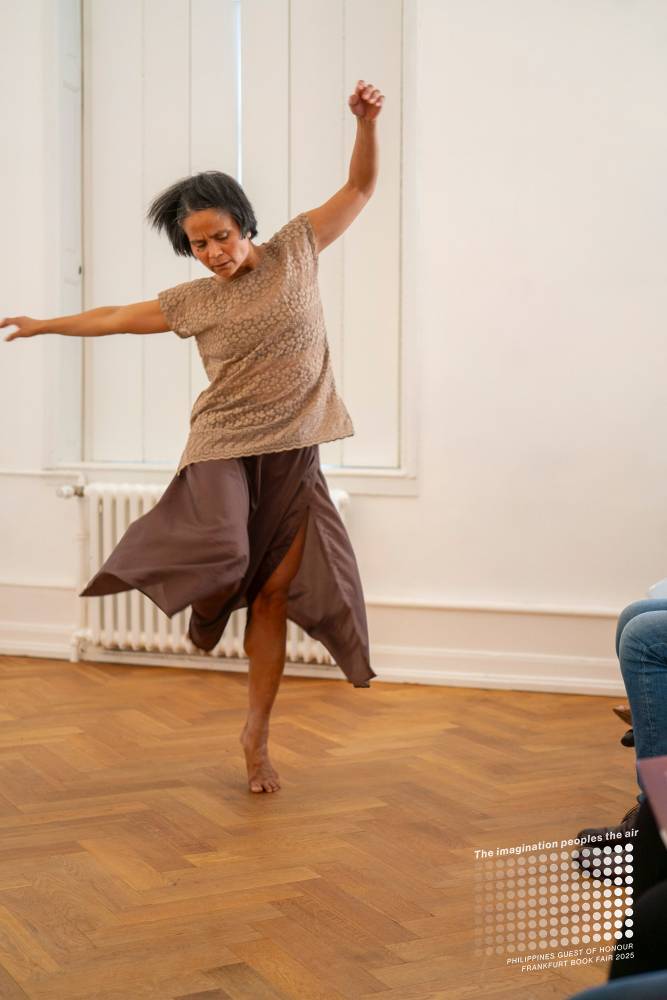
The previous night, at the Völkerkundemuseum, Steffens had hosted “Talking Heads #4: Art and Science Show,” which featured Filipino artist Miljohn Ruperto and University of Heidelberg professor Jonas Grethlein.
Memorable performances marked “In the Air,” the official launch event, also held at the Völkerkundemuseum. The Madz sang “Las Flores de Heidelberg.” It was the world premiere of the song inspired by Rizal’s poem and composed by Ily Matthew Maniano. Dancer Unita Galiluyo’s performance of “Hiwatig: A Moment Amidst the Madness of Sisa,” choreographed by National Artist for Dance Agnes Locsin, was haunting.
That evening, at Evangelische Kapellengemeinde, more moving performances at “Kalanganan,” a concert featuring The Madz, Datu Waway Saway, and The Talaandig Republic.
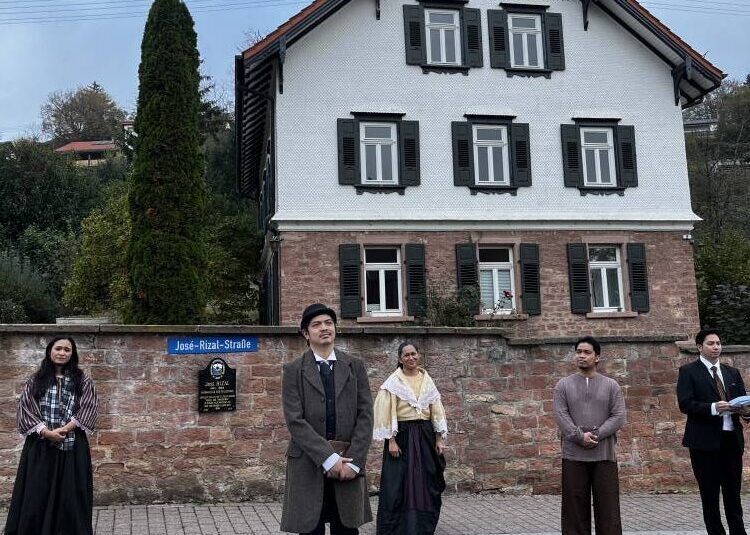
Ullmer house
The next day, we were off to Wilhelmsfeld, for “Pumpon ng mga Gunita (Bouquet of Reminiscences).”
At Jose Rizal Park, the statue of Rizal looked on as actors Ross Pesigan, Wenah Nagales, Elora Españo, Paw Castillo, and Dean Icalina played him, his loved ones, and his fictional characters in “Lebendes Bild,” a performance-tableau directed by José Estrella, with dramaturgy and devising by Sir Anril Tiatco and Jem Javier. Providing music was RJ Balledos on guitar.
An audience of Filipinos and Germans, including the current and former mayor of Wilhelmsfeld, watched as Rizal, his mother Teodora Alonzo, his siblings, friend Ferdinand Blumentritt, plus “Noli” characters, came to life in scenes that unfolded in Filipino, German, English, and Spanish—first at the park, and then at Pastor Karl Ullmer’s house, where Rizal lived from April to June 1886.
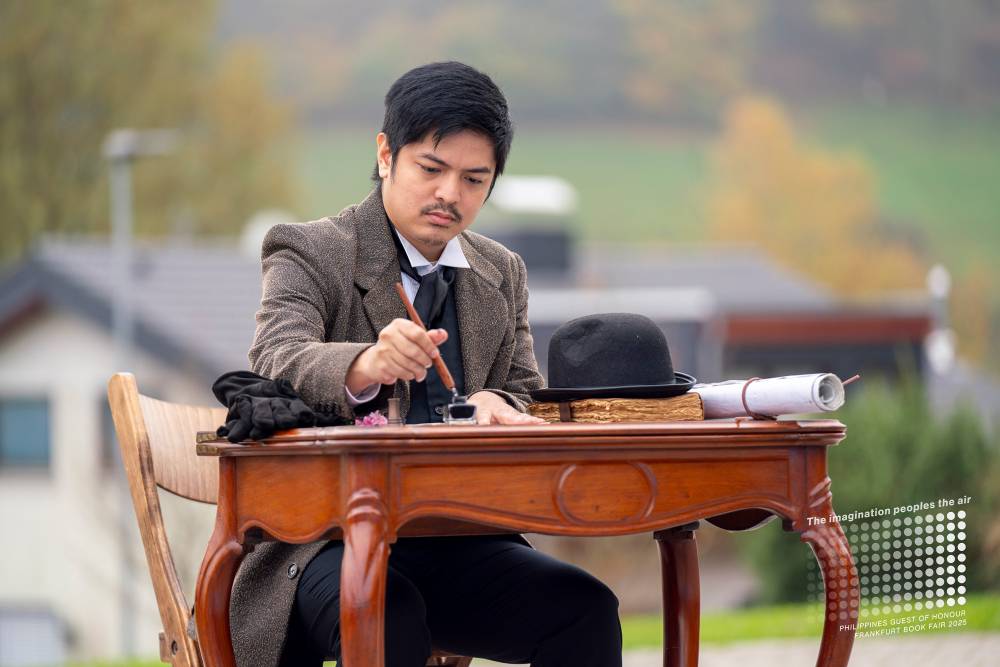
It was surreal to see Rizal, played by Pesigan, and the rest of the characters, in front of a house he actually lived in, that still stands on a street now named after him.
“I shall never forget Wilhelmsfeld with its hospitable parish house,” Pesigan declared.
By the time we reached the inevitable heartbreaking end, and the Madz started singing “Bayan Ko,” tears were streaming down my face. I looked around, not surprised to see that I wasn’t the only one crying. We had all just experienced something really special.
And the day wasn’t over yet. At Evangelische Kirche Wilhelmsfeld, just across the street from Ullmer’s house, the room was packed for the final event of the launching program—“Tertulia,” which featured talks on Rizal by German and European scholars, artists, and authors including German Rizalista Dr. Fritz Hack Ullmer, the pastor’s great-grandson.
“You never talk about Rizal as a comedian. I think he was one of the finest comedians,” he said, sharing his grandfather’s treasured memories with Rizal and talking about what has become his family’s lasting friendship with the Philippines.
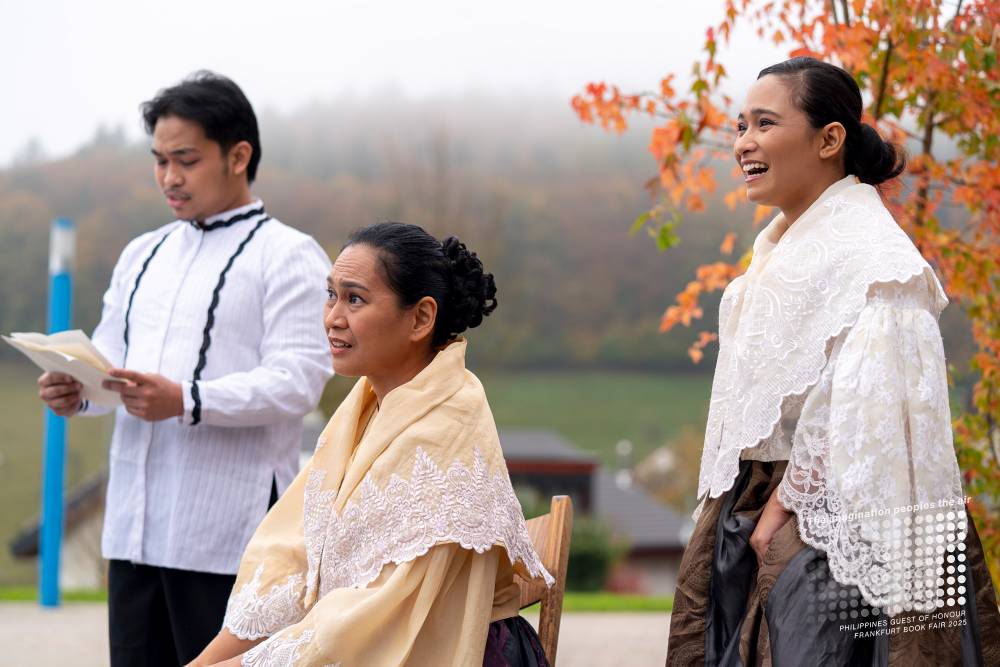
Marie Yvette Banzon Abalos, Philippine Consul General in Frankfurt, said, “As you may have seen from the reaction of the Filipinos here, they are nothing short of moved. It’s really connecting to our roots. Many of them even told me they wanted to read ‘Noli Me Tangere’ again… I also had a chance to talk with Germans who knew nothing about Rizal, but who were here, and they were also moved… Nakaka-proud.”
“In the Air” was an unforgettable, touching journey, and the love, thought, and effort that went into this launch tells us the world is surely in for a treat at the Frankfurt Book Fair next year.
Torsten Casimir, Frankurter Buchmesse’s vice president for communications and content, said, “It’s always about the power of words, the power of writing, the power of books, the power of imagination, that, as you claim in the campaign, peoples the air… As we can already feel very clearly, your guest of honor program is designed to unfold this power of words and imagination in a most positive way.”

